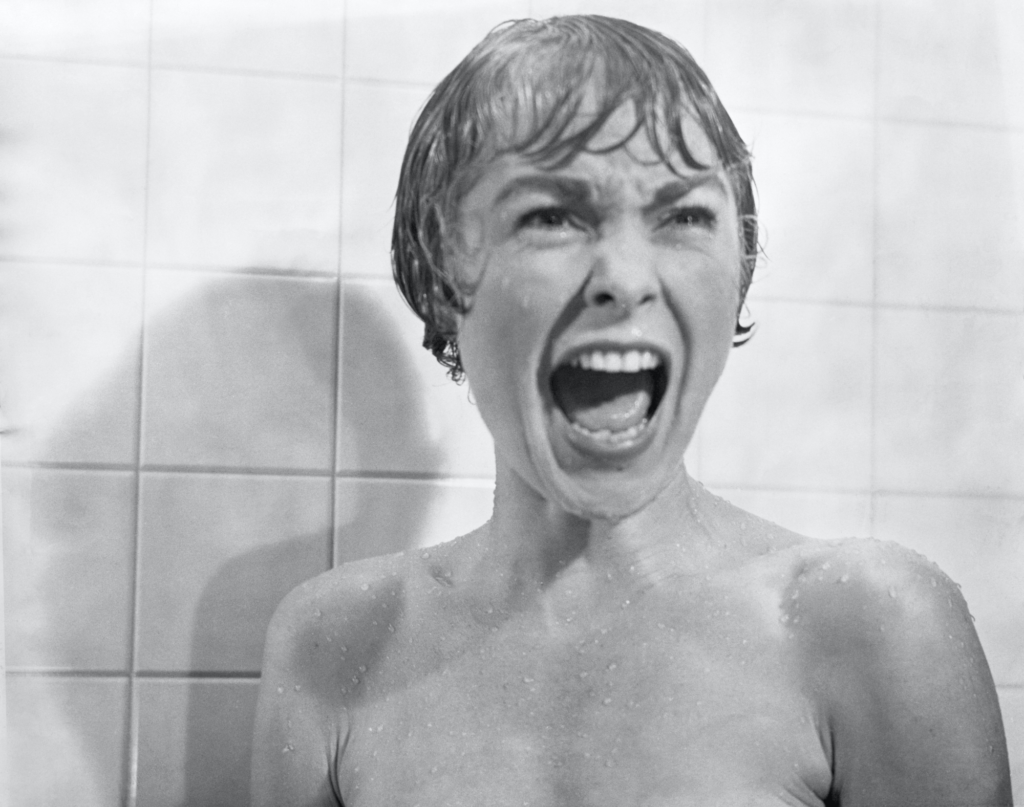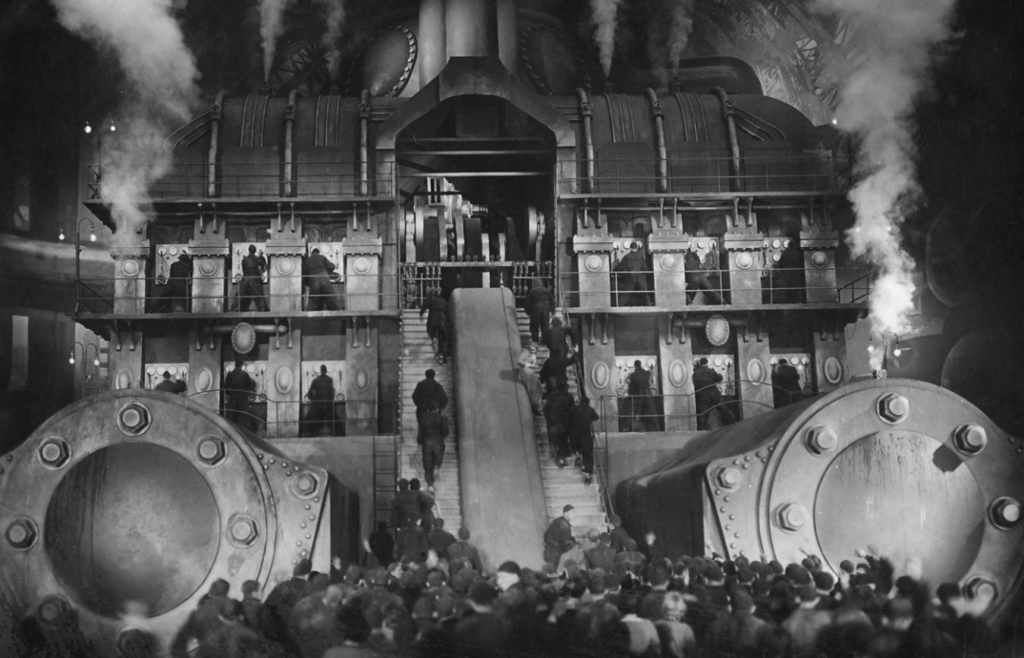Task 1: The Context of the Wiemar Republic

After Germany’s defeat in the first world war, the German people faced economic & political difficulties, especially in the period between 1919 and 1924.
To begin, there was the issue of Revolts & Putsches. In 1919 the Sparticists revolt from leftist Communist Parties showed how fractured socialist views were nation-wide. The 1920 Kapp Putsch was an attack from the right that further showed how tumultuous the country was politically.
Economically, the 1923 Invasion of the Rhur Valley by French & Belgian forces caused the government to begin printing bank notes to pay the factory workers, that in turn caused hyperinflation. People had little savings, and especially the newly emerging middle class, ‘mittlestad’, fared worst due to their savings becoming virtually useless.
Overall, the early years of the republic scarred its people for the rest of its short life, and this instability and fear people had at the time channeled itself into German expressionism in its horror and escapism themes.
Task 2: The Expressionist Art Movement & Culture

Expressionism is an art movement that originated in Western Europe in the late 1800s. To begin, it was more about stylising the texture of paintings, for example Van Gogh’s ‘wheatfield with cypresses’. Gradually, paintings from Monet, (as his sight began deteriorating), featured increasingly experimental colour palets, (see below)


Monet’s accidental experimenting in colour influenced art & style in the 1920s to become what it is known for today.
Importantly, the international post-war ‘live life’ mantra echoed globally, and pop-culture was born. The Expressionist Movement didn’t confine itself to art, but expanded to music & film, as well as fashion and in everyday life such as the many buildings and furniture designs churned out by the Bauhaus school of architecture.. Art was now on posters, on people and on buildings. In 1927 there were over 600+ speakeasies/Jazz clubs in Berlin alone, where this new style was celebrated.
Task 3: Why has managed to stay in business?

UFA is a German Motion picture company, and at points was the largest film producer globally. It has kept in business due to the company’s willingness to allow directors freedom in their film-production, leading to the creation of new genres and styles like science-fiction in Fritz Lang’s ‘Metropolis’ of 1927.
Their studios in Germany were also very highly held, and directors such as Hitchcock, Wilder and Tarantino have used them.
Task 4: Name 3 other films identified by critics as German Expressionist Films.



Task 5: Name 3 films from the 40s-60s that take influence from German Expressionism.



Task 6:
I believe ‘2001: A Space Odyssey’, (1968), by Stanley Kubrick takes heavily from German Expressionism, especially reviving the early sci-fi genre presented by Fritz Lang’s Metropolis.


The two films present an innovative and experimental take on the Sci-Fi Genre. Take these two shots above. Notice how stylistic the outfit of the Astronaut is above, or the intricate details of the steam-powered factory and its workers in Metropolis.


Visually, the two films are similar. Take these two shots above, where the grandeur of futuristic buildings and spaceships feature.
Overall, I believe ‘2001: A Space odyssey’ took huge inspiration from Metropolis, evident by its portrayal of the technological progress of humanity, and the introduction of Robotic/AI characters.